The bright leaves have a delicate lacy look. Tiger Eyes is a beautiful golden-leafed form of cutleaf staghorn sumac.

A Sumac For All Seasons Knecht S Nurseries Landscaping
Also effective when massed.

. After all until recently sumac poison ivy and poison oak were all classified under the same genus Rhus. Now however we are getting back to discovering the truth behind this plant. Tiger-eye Sumac Rhus typhina The Sumac itself is not a well-known variety for bonsai.
It is considered to be a superior landscape plant to Laciniata as well as to the species Rhus. Name Rhus typhina Family Anacardiaceae Type shrub. Staghorn sumac also called vinegar sumac is a short tree that grows in a roundish shape.
Tiger Eyes is more compact than the species and is not. Tiger Eyes plants will slowly spread by suckering but it is not aggressive as is the case with species plants. Poison sumac is a shrub or small tree differentiated from the common sumac staghorn sumac Rhus typhina growing along US.
List of key staghorn tree facts. The Tiger Eyes staghorn sumac R. TIGER EYES is a dwarf golden-leaved staghorn sumac cultivar that typically matures to only 6 tall and as wide.
The first reason is that most people act shocked when you mention Sumac because the first thing that comes to mind is Poison Sumac. Tiger Eyes Sumac Cutleaf Staghorn Sumac shrub with chartreuse leaflets changing to yellow contrasting with pink stems. Tiger Eyes Sumac General Information.
And CanadaThe species is not typically considered a good garden plant as it suckers rampantly can grow to 30 feet and is. Height 16 feet 5 m Exposure full sun Soil ordinary. Highways and roads in.
Additionally with the budding season approaching hard pruning encourages more vigorous bud. There are 250 geniuses of Sumac which can grow anywhere from four to 35 feet in size. The Tiger Eyes Sumac is a bright eye-catching shrub that grows up to 6 feet tall and as much across.
New growth is a lively chartreuse green quickly changing to yellow with both colors contrasting nicely with the rosy-pink leaf stems. It features golden deeply cut leaves in summer that change to red and orange in fall. It grows in many parts of the world in North America Europe Middle East and the Mediterranean.
It has dramatic bold deeply divided leaves that are chartreuse green in spring bright yellow in summer and orange and scarlet in fall making a. Sumac is a fairly common plant and you were probably taught for years that it is poisonous and should be avoided. Changing with each season Tiger Eyes starts out chartreuse in spring turns bright yellow in summer and blazes scarlet-orange in the fall.
Staghorn sumac is a large treelike shrub native to the eastern edge of Minnesota Wisconsin and much of southeastern Canada. It is smaller than staghorn sumac reaching 6 ft tall and wide. It features striking yellow foliage that is a stunning addition to the landscape.
The branches angle upward while the deeply cut leaflets drape downward. Tiger Eyes is a far cry from the sumac that volunteers in ditches along the road and can be best described as sucker-producing invasive scruffy. How to Use Tiger Eyes in the Landscape.
Staghorn Sumac Smooth Sumac and Shining Sumac are all native to Wisconsin. If its colorful foliage and elegant form dont do enough to recommend it its ease of care might. New leaves emerge chartruese-green and change to a brilliant golden yellow as they mature.
Poison sumac is not edible and like any foraged plant or shroom you should be 110 sure of what youve found before eating it. Several Great Choices The most popular sumacs for landscape use are winged staghorn and smooth sumac either the native wild species or specially-bred cultivated varieties such as the golden leaf Tiger Eye sumac. Foliage deciduous Flowering June to August.
Rhus typhina Bailtiger PP16185. Left to right Tiger Eyes Sumac Staghorn Sumac Smooth Sumac Shining Sumac foliage. The foliage is a bright yellow-chartreuse turning orange and scarlet in the autumn.
Tiger Eyes Sumac is a great variation of the common sumac. Birds love it and the fruits can be used for everything from dyes to. It can form large colonies by.
Rhus Tiger Eyes has no toxic effects reported. Prune when the canes are still leafless and before new buds begin to form. When it comes to sumac plants in the landscape Tiger Eyes sumac Rhus typhina Bailtiger hardy in US.
Tiger Eyes cutleaf staghorn sumac is a cultivar of staghorn sumac R. Tiger Eyes is a fantastic focal point for all sunny yards. Tiger Eyes below is another staghorn selection thats getting a lot of press.
Staghorn sumac Rhus typhina a member of the Anacardiaceae cashew or sumac family is a scraggly-looking shrub commonly seen growing on roadsides and other disturbed areas through the eastern US. You will not find poison sumac growing up on high dry hillsides where non-poisonous ornamental kinds typically grow. No reported toxicity to Birds.
Yes some varieties are poisonous but many are not and its not difficult to distinguish them. From what I have seen Smooth Sumac is the most common species. Tall with an umbrella habit as it matures stagorn or cutleaf sumac is a great choice for larger wilder landscapes.
This unusual Sumac has purplish-pink stems displaying exotic cut-leaf foliage. Typhina Bailtiger Tiger Eyes cultivar provides year-round color in US. Department of Agriculture plant hardiness zones 4.
Department of Agriculture plant hardiness zones 4 through 8 just may take the cake. Foliage may take on scarlet orange coloring in the fall. This becomes a beautiful specimen plant that will stand out in any landscape.
It grows to about 6 feet tall and spreads very slowly. Excellent landscape specimen or accent. Tiger Eyes Sumac in early summer.
Heres the description of Tiger Eyes sumac from the PHS site. It was discovered in a cultivated nursery setting in July of 1985 as a whole plant mutation of R. This cutleaf form of Sumac works well as a.
While Poison Sumac is some nasty stuff the type of Sumac I used is not poisonous at all. No reported toxicity to. The best time to prune Tiger Eyes staghorn sumac is late winter or early spring.
Its found very appealing for its fuzzy red fruit clusters but sometimes becomes.

Tiger Eye Sumac Rhus Typhina Sumac Bonsai Soil Leaf Structure
Tiger Eyes Sumac Far Less Aggressive What Grows There Hugh Conlon Horticulturalist Professor Lecturer And Gardener

Fiddling Around In The Fall Garden Autumn Garden Fall Landscaping Garden Containers

A Sumac For All Seasons Knecht S Nurseries Landscaping

Plant Profile Tiger Eyes Sumac

Tiger Eyes Cutleaf Staghorn Sumac First Editions

Tiger Eyes Cutleaf Staghorn Sumac First Editions

Tiger Eye Sumac Rhus Typhina Leaf Structure Sumac Bonsai Soil

Tiger S Eye Sumac In My Neighbors Yard Is Lit R Marijuanaenthusiasts
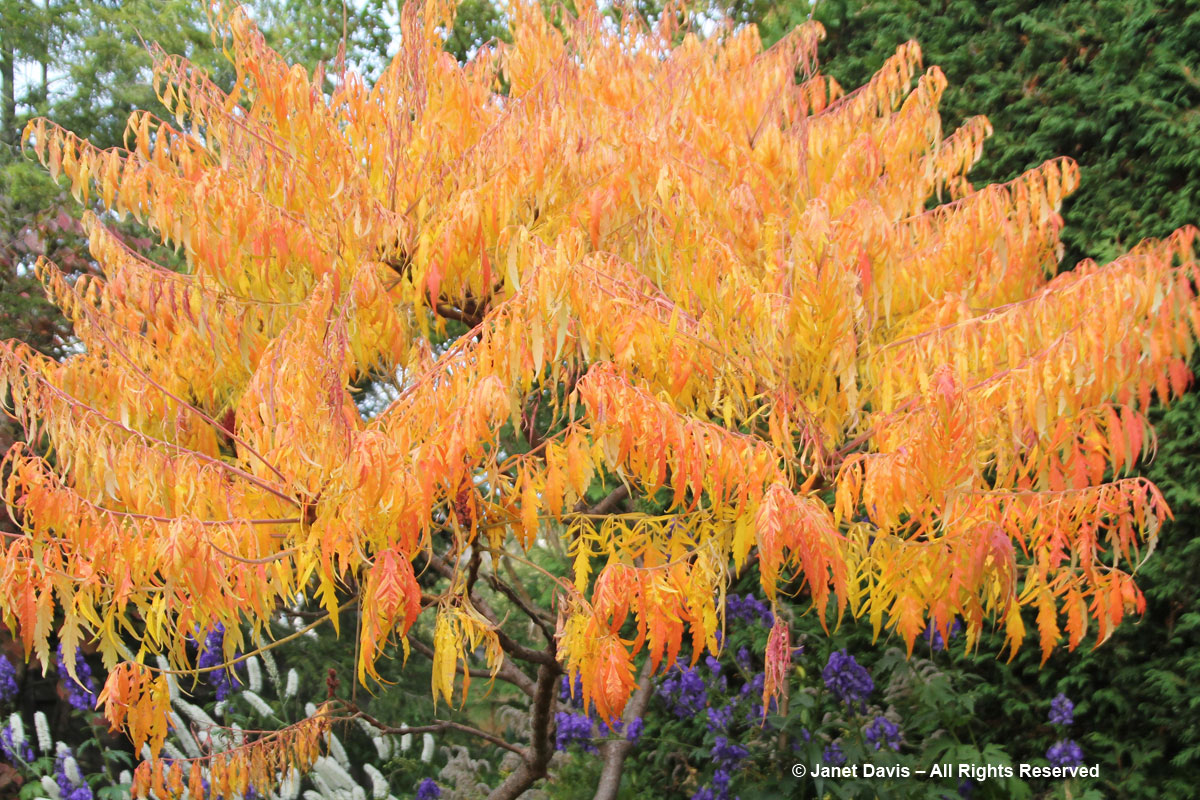
October 2017 Janet Davis Explores Colour

Tiger Eye Sumac Rhus Typhina Eschmidt Pa Bonsai Bonsai Soil Leaf Structure Sumac

Sumac And Its Uses Berries Forum At Permies
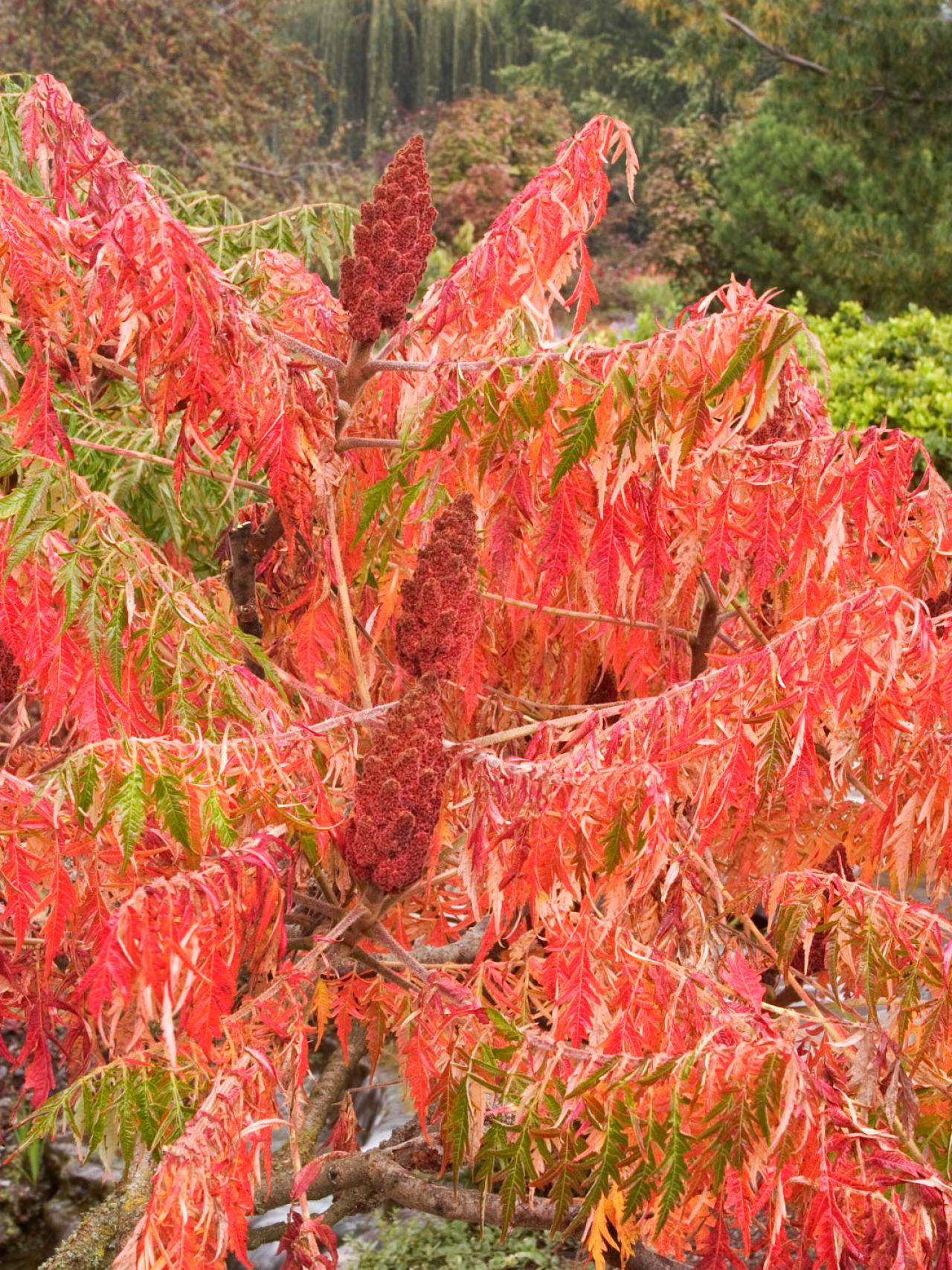
Sumac Trees Are Unsung Garden Trees Hgtv
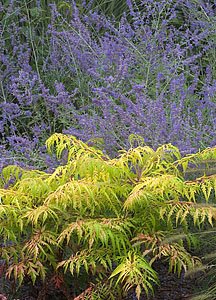
Country Gardener Gold Medal Plant Tiger Eyes Sumac

Tiger Eye Sumac Rhus Typhina Bonsai Soil Leaf Coloring Leaf Structure
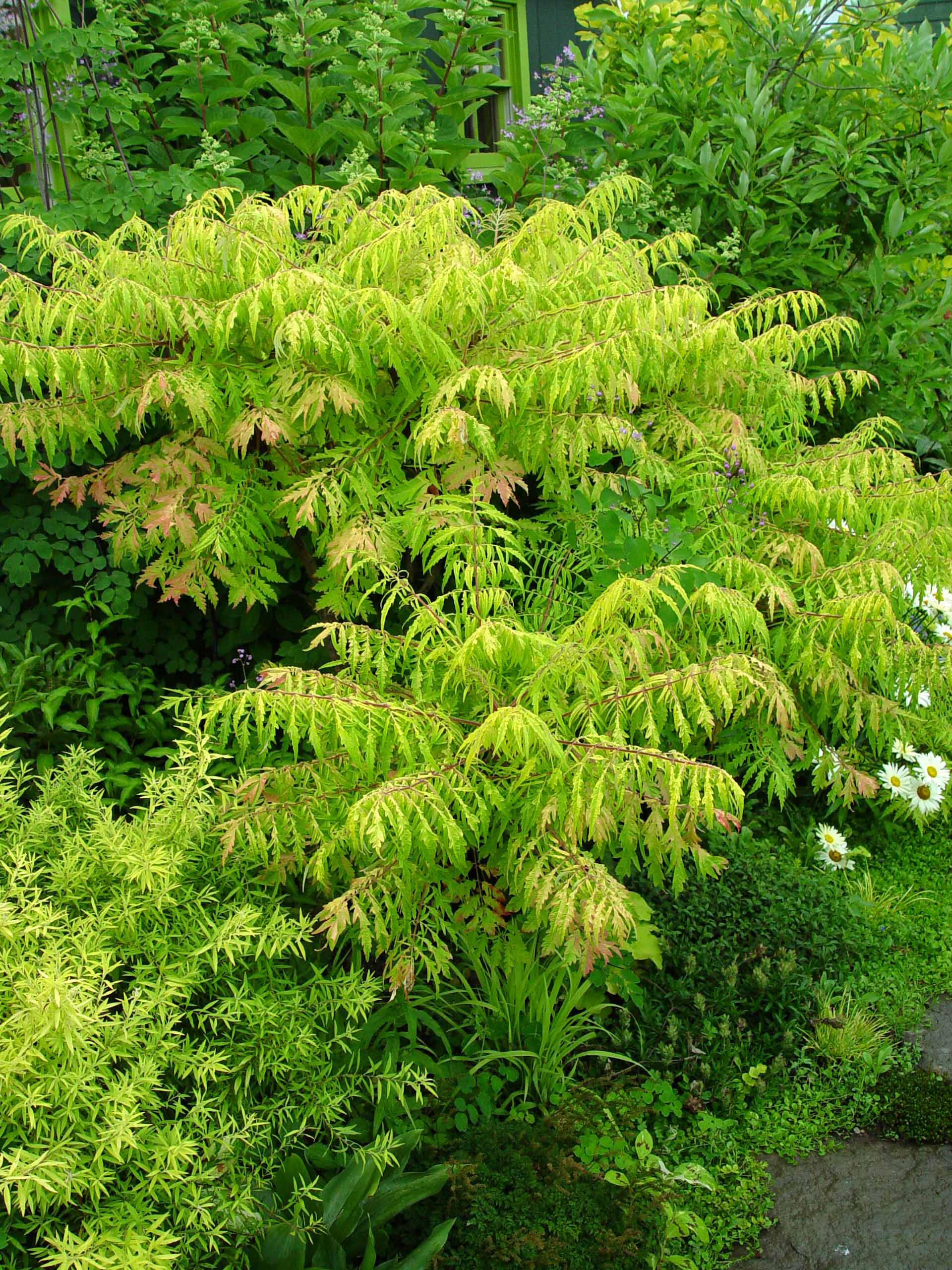
Sumac Tiger Eyes Garden Housecalls

Tiger Eyes Cutleaf Staghorn Sumac First Editions
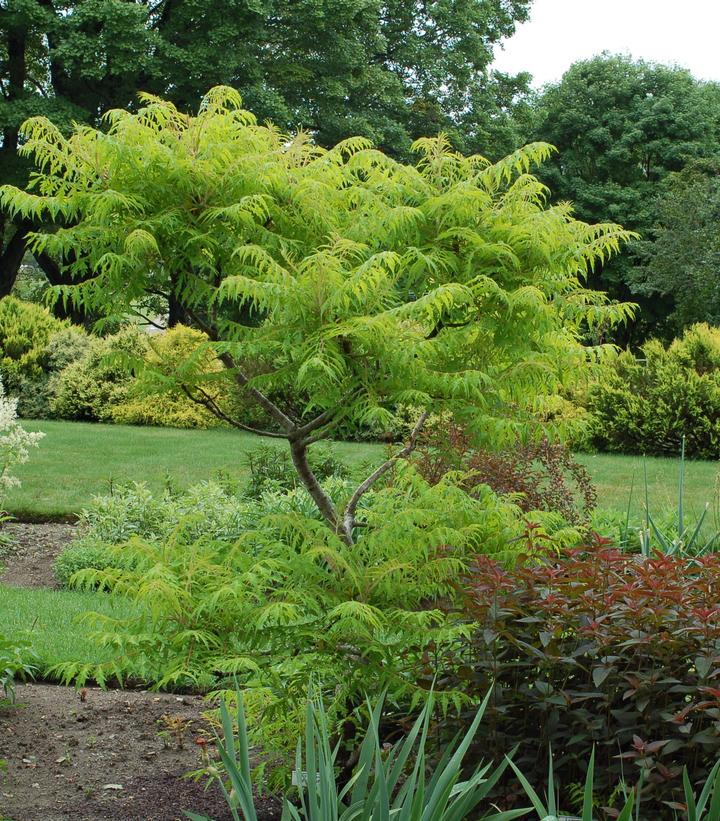
Rhus Typhina Tiger Eyes Tiger Eyes Sumac From Prides Corner Farms

Poison Ivy Poison Sumac Identify Poison Sumac Trees To Plant Sumac Plant Leaves
